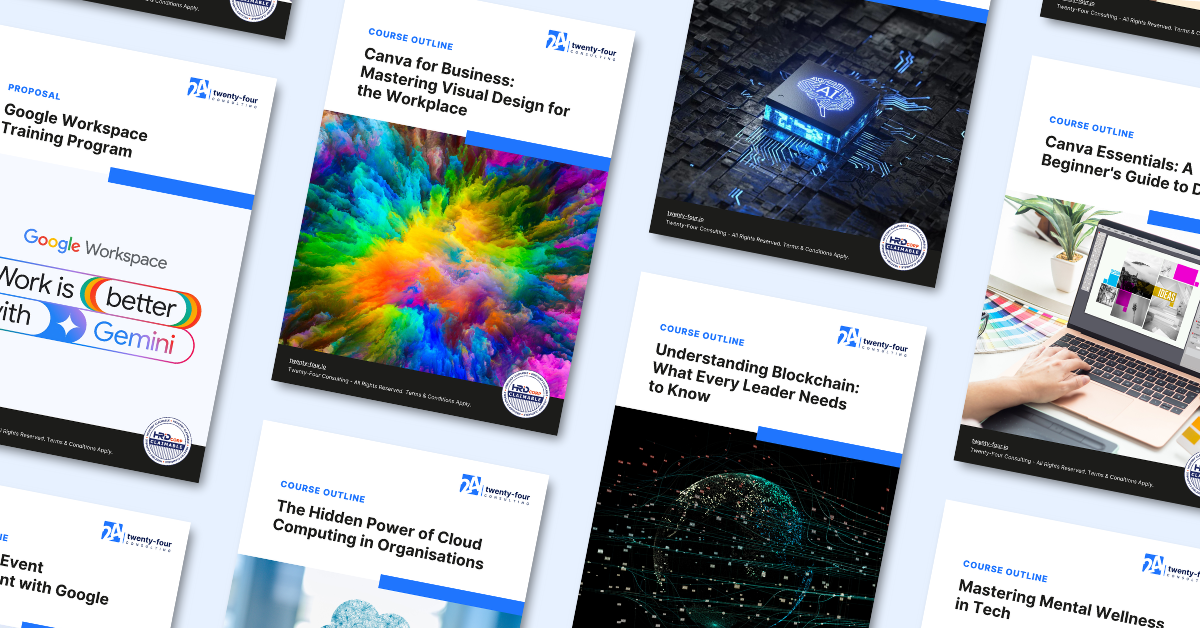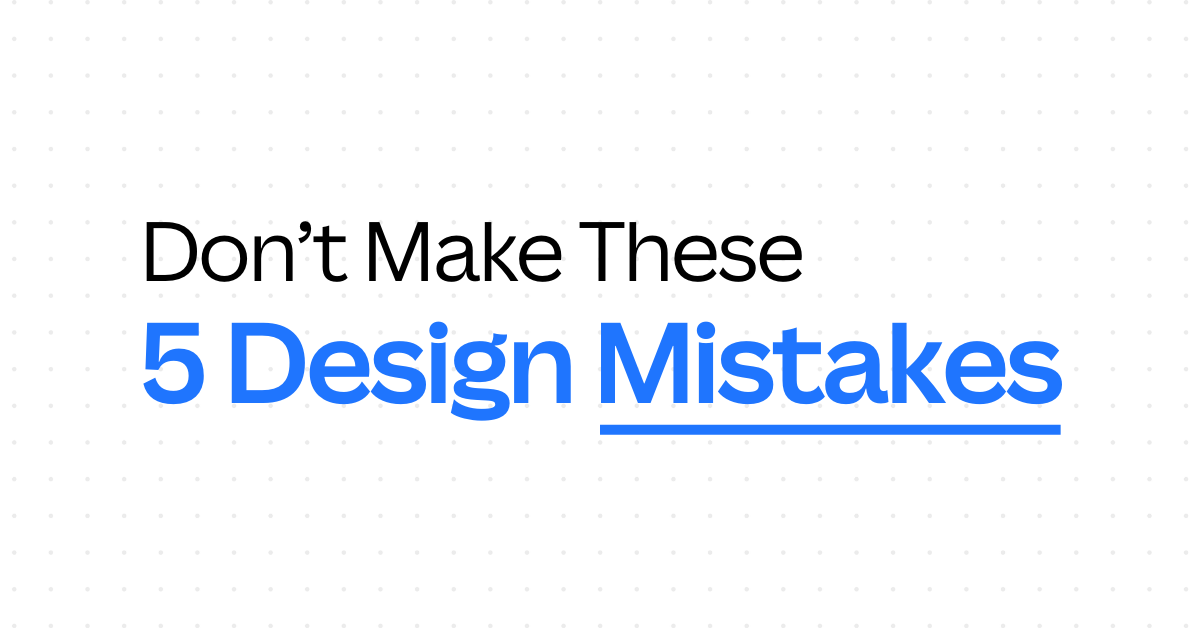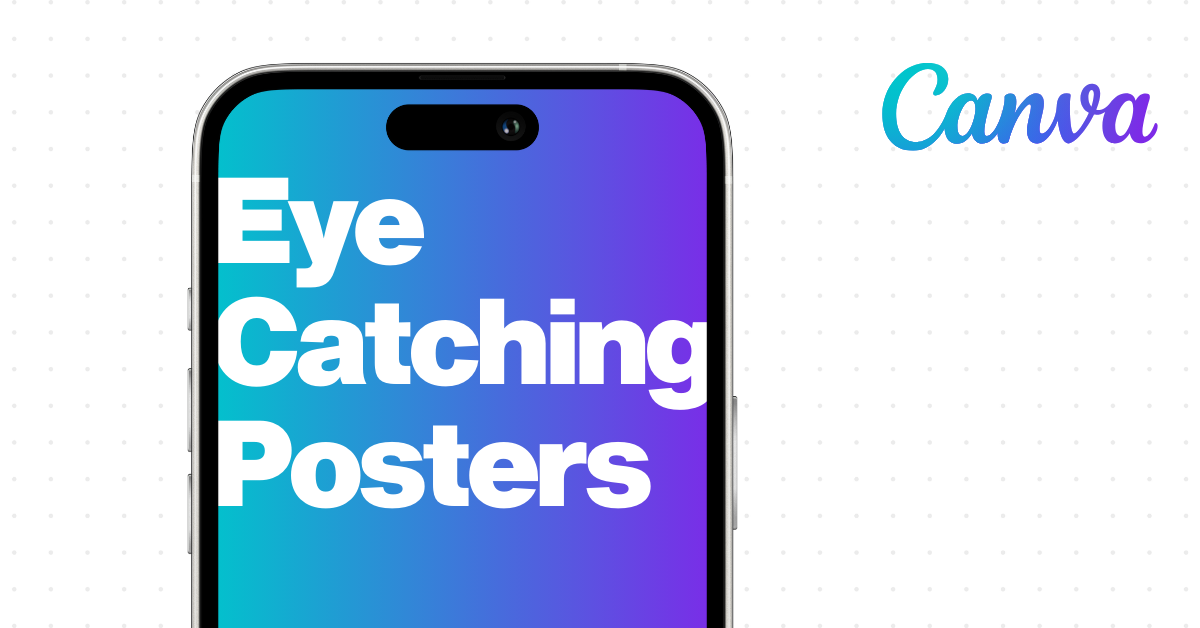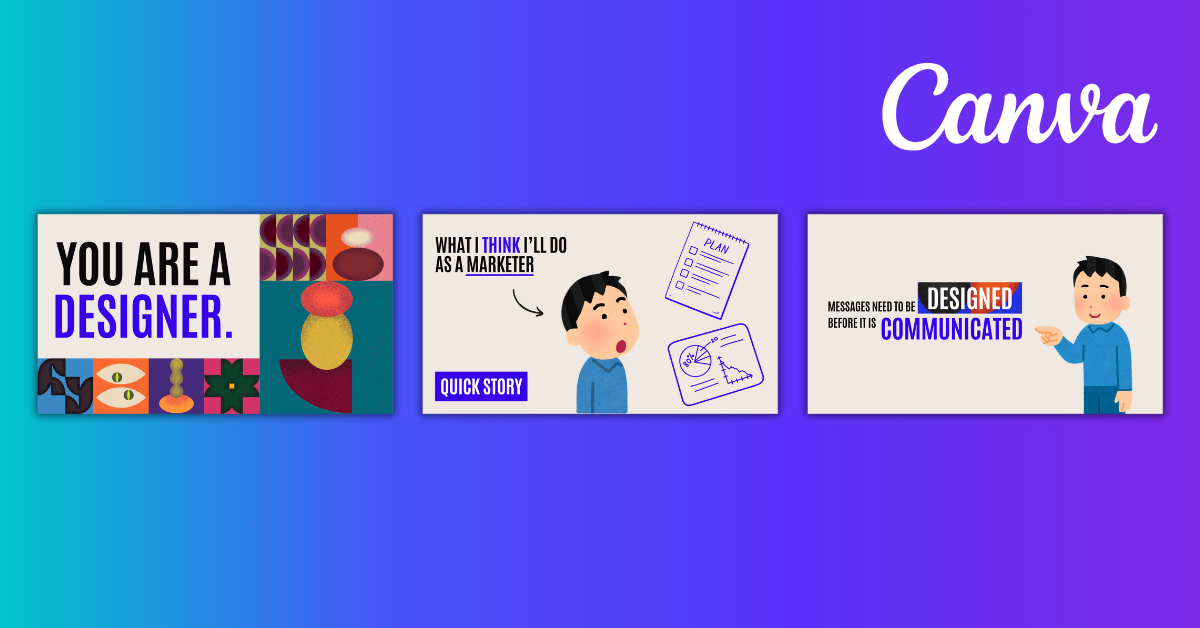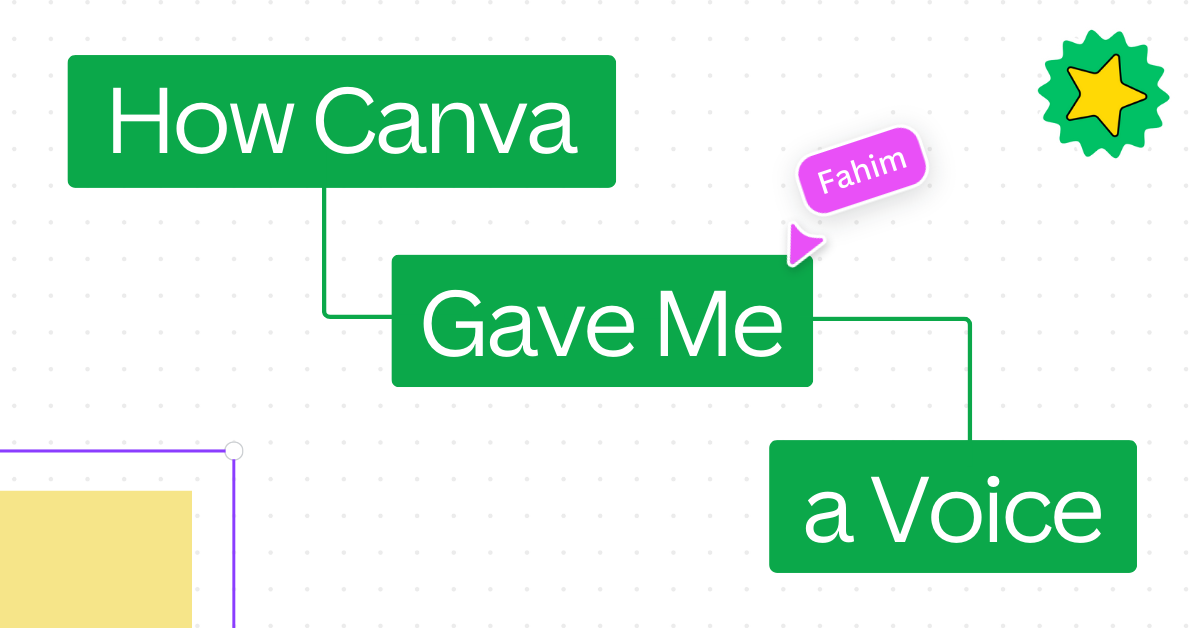Design has become part of everyone’s job
Not long ago, creating anything visual at work meant passing it to the design team — or outsourcing it entirely. Posters, reports, event invites, social media graphics… even simple slide decks could take days to produce.
But now, with tools like Canva, that’s changed. Workplaces are moving faster, and expectations around communication have shifted. Whether you’re in HR, marketing, sales, or admin — chances are, you’re expected to know how to present ideas visually.
Canva isn’t just a design tool — it’s shaping a new kind of digital skillset that blends communication, branding, and speed.
Let’s look at how that’s showing up across different teams.
1. HR teams are designing internal communications with impact
Internal newsletters, onboarding materials, staff celebration posts — HR teams are using Canva to bring clarity and consistency to internal communication.
Instead of sending plain-text memos, teams now create visual updates that are easier to scan and more engaging. Canva also helps HR teams build branded resources:
- Onboarding kits
- Org charts
- Employee handbooks
- Certificates and appreciation posts
✅ Bonus: Canva’s folder system and cloud sharing let HR teams build reusable templates — so they don’t have to start from scratch each time.
2. Marketing teams are scaling content creation without hiring more designers
Speed matters in marketing — but waiting on design resources slows everything down. That’s why many marketing teams are now building template libraries in Canva for:
- Social media posts
- Instagram stories
- Event banners
- Email headers
- Testimonials and reviews
Junior marketers and even interns can now handle these tasks confidently, thanks to locked templates that maintain brand guidelines.
Real story: When I interned at a startup, I was surprised they had no designer — yet their visuals looked amazing. Turns out, the marketer and founder were using Canva to design everything themselves. The ready-made templates made it fast and easy to create clean, professional content.
3. Admin teams are turning routine tasks into polished outputs
Canva is helping administrative staff move beyond Microsoft Word and PowerPoint. Instead of static documents, they’re producing:
- Clean event agendas
- Monthly reports with icons and visuals
- Visually engaging memos
- Certificates and name tags
This shift not only improves clarity — it also builds a sense of professionalism in the small details.
✍️ Example: At Twenty-Four Consulting, our team uses Canva to create standard templates for certificates, proposals, and slides — so everything stays consistent when our sales and operations teams need to create visuals on their own.
4. Sales teams are customising decks, proposals, and client updates
Sales is a relationship game — and Canva is giving sales teams the tools to tailor their communication faster.
Using presentation templates, product brochures, or infographics, salespeople can quickly customise visuals for different clients or industries — without needing a designer for every change.
And because everything’s stored in the cloud, updates to templates or branding roll out to the whole team instantly.
💡 Pro tip: Create a central “Sales Kit” in Canva that includes editable proposal decks, pitch slides, and customer journey visuals.
5. Canva is improving cross-department collaboration
With its cloud-based editor and built-in commenting, Canva makes collaboration smooth — especially for hybrid or remote teams.
Instead of sending PDFs back and forth, teams now work on the same design, leave comments, suggest changes, and keep version control in one place.
This is a huge improvement over the old way of managing designs with long email threads and messy file names like ‘v3_final_reallyfinal_approved.png.’
6. Design literacy is becoming a workplace essential
This is the bigger shift: Tools like Canva are quietly building design awareness across roles.
People are starting to ask:
- Is this layout too crowded?
- Are we following our brand colours?
- Can we simplify this slide for clarity?
Even non-designers are learning how to make visual decisions — and this is raising the standard of communication across the board.
This shift mirrors how Excel became an expected skill. Now, knowing how to “design with Canva” is fast becoming the same.
Final thoughts: Why this matters for your team
Canva is more than just a shortcut to pretty graphics. It’s changing how teams work, how they communicate, and how quickly they can move from idea to execution.
Design is no longer a bottleneck. With the right training and setup, it becomes a shared language across the company.
✨ Want to equip your team with Canva skills that go beyond templates?
Explore our Canva Essentials or Canva for Business course — designed for non-designers who want to create clear, consistent, and professional designs at work.
As the first Canva Agency & Reseller Partner in Malaysia and Southeast Asia, we also offer a full range of Canva services — from team onboarding to design systems — to help your organisation get the most out of Canva.
By Onion Lim
Marketing Manager @ Twenty-Four Consulting
By Onion Lim
Marketing Manager @ Twenty-Four Consulting
Related Posts


